The Independent's journalism is supported by our readers. When you purchase through links on our site, we may earn commission.
Zagreb city guide: Where to stay, eat, drink and shop in Croatia’s underrated capital
Toytown pretty, leafy green and filled with quirky museums and bargain bars, Croatia’s pocket-sized capital is a delight to dig into. Lucie Grace delves into its highlights

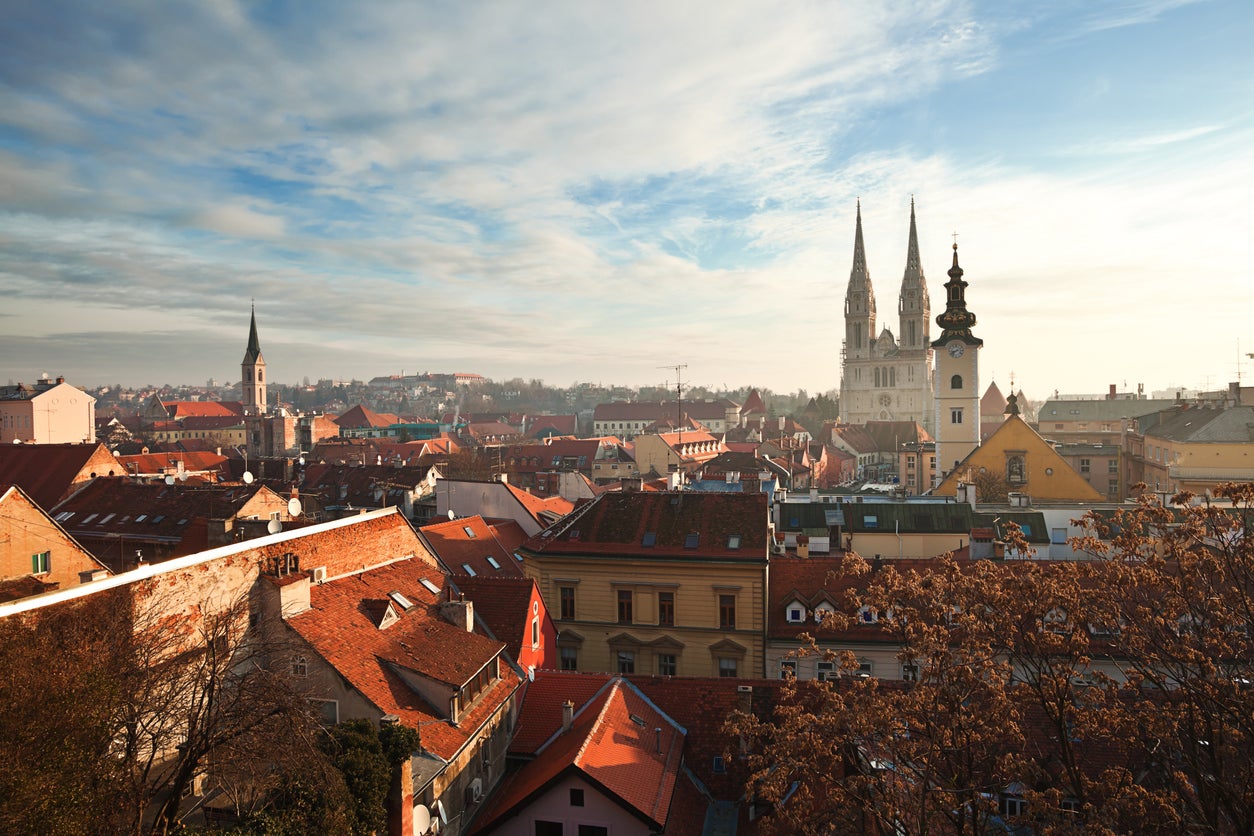
Your support helps us to tell the story
This election is still a dead heat, according to most polls. In a fight with such wafer-thin margins, we need reporters on the ground talking to the people Trump and Harris are courting. Your support allows us to keep sending journalists to the story.
The Independent is trusted by 27 million Americans from across the entire political spectrum every month. Unlike many other quality news outlets, we choose not to lock you out of our reporting and analysis with paywalls. But quality journalism must still be paid for.
Help us keep bring these critical stories to light. Your support makes all the difference.
Croatia’s creative, freewheeling capital is a serene place to be – a laidback, leafy city typically overlooked by tourists who make a beeline straight for the coast. It’s the largest metropolis in the country, but the most affordable and pleasant, full of striking architecture and opportunities to immerse yourself in nature, given its abundance of gardens, parks, hills and lakes.
Most enjoyably, Zagreb harbours a palpable spirit of independence, eschewing big commercial chains in favour of thriving cafe culture and a boutique shopping scene, without an Amazon driver or Starbucks in sight.
What to do
Dive into the city’s unusual museums
With more museums per square mile than any other city in Europe, Zagreb is home to some incredible collections of art and artefacts from the modern to ethnographic, but it’s the quirkier venues that tend to turn heads. The first port of call should be the wildly emotive Museum of Broken Relationships, which hosts stories and emblems donated by the public, gathered and lovingly presented by its curators. More humorous is the Museum of Hangovers, or go for tricks at the Museum of Illusions and treats at the Chocolate Museum. All are open seven days a week, bar the Chocolate Museum which is closed on Mondays.
Join a free walking tour
Learn how two Medieval towns combined to make one modern city, by joining the informative local guides from Free Spirit Tours Zagreb. It’s a great introduction to the city centre, covering its history and contemporary culture, as well as a handy opportunity to get your bearings. Look out for the orange umbrella and orange T-shirt of the guide, whose two-hour tour leaves daily at 11am, meeting at the horseman statue in the city’s main Ban Jelacic Square. While it’s a free tour, as with any of its kind across the world, a tip is appreciated.
Cafe or bar-hop by Jarun Lake
Step out of the city centre and cruise down to locals’ favourite urban oasis, the man-made Jarun Lake which runs parallel to the River Sava, in the southwest of Zagreb. It’s a sporting destination, with rowing and sailing clubs found alongside tennis courts and baseball fields dotted around the shores, but it’s also ringed by great bars and cafes. If you’re visiting in the summer months don’t forget your swimsuit as it’s a lovely clean spot to dive in, providing welcome respite from the often soaring temperatures in July and August. In autumn or winter, pack your trainers for a stroll in this scenic part of the city before enjoying sunset drinks or dinner in one of the lakeside restaurants, open to enjoy year-round.
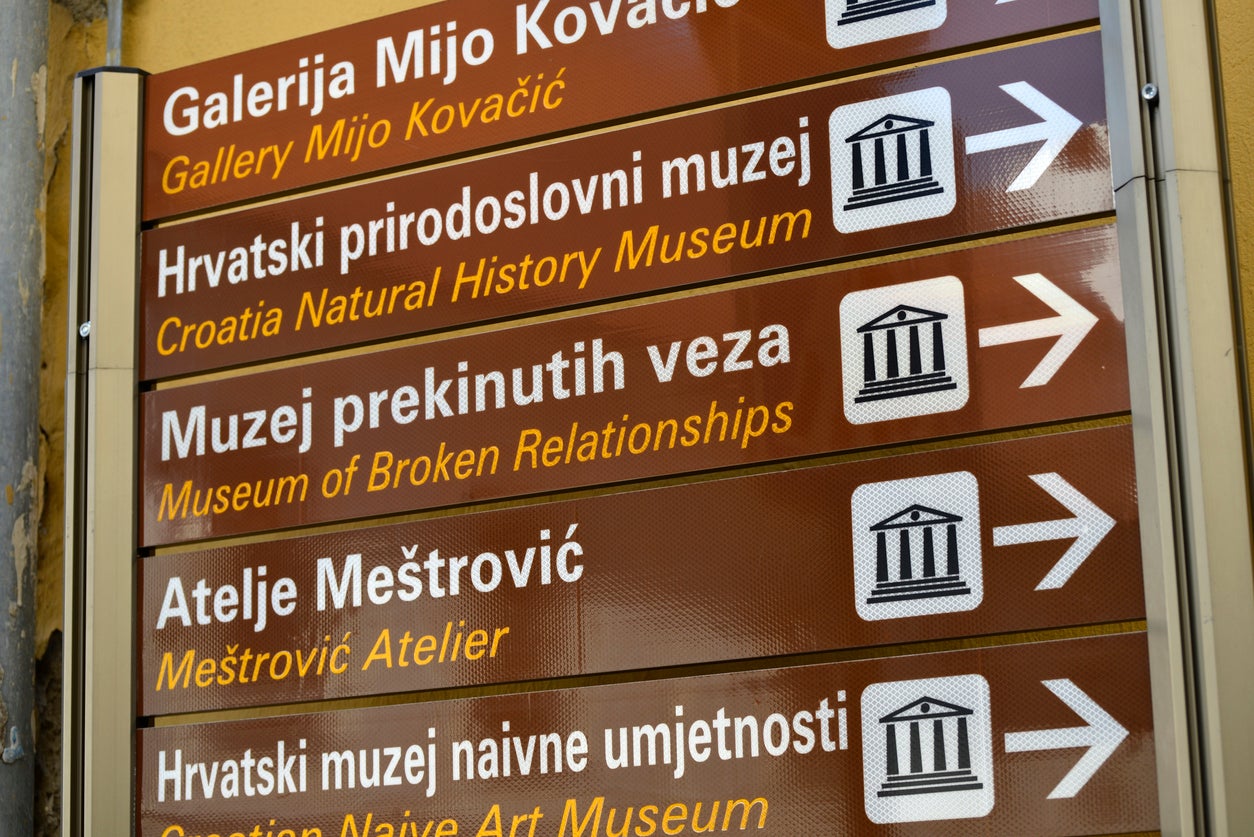
Where to stay
The undeniable jewel in Zagreb’s hospitality crown is the Art Deco marvel Amadria Park Hotel Capital. This high-end heritage hotel, a renovated 1920s bank, brims with period features and quirks. A wood-panelled bankers office is now a bedroom, for instance. Rooms and suites here start from £127 a night. amadriapark.com
Alternatively, check in to the delightfully decadent Esplanade Hotel. A grand hotel in the traditional sense, the Esplanade offers glamour in luxurious rooms at the heart of Zagreb’s “lower town”. Double rooms can be booked in advance from £101 a night. esplanade.hr
For a more intimate stay, try the stylish, family-run Casablanca Boutique B&B, which is a short walk from the centre. Its lavish terrace garden provides an atrium of tranquillity matched with exceptional, personalised service and a universally praised breakfast. Private rooms from £60 a night. casablancazagreb.com
And for those on a budget or travelling long-term, award-winning veteran hostel Mali Mrak is a home-from-home beloved by remote workers and backpackers for its community spirit and eco-conscious ethos – not to mention its mural laden interiors and exteriors. Dorm prices vary, while private twin or double rooms are available from £30 per night (with a minimum five-night stay through autumn/winter). hostel-zagreb.com
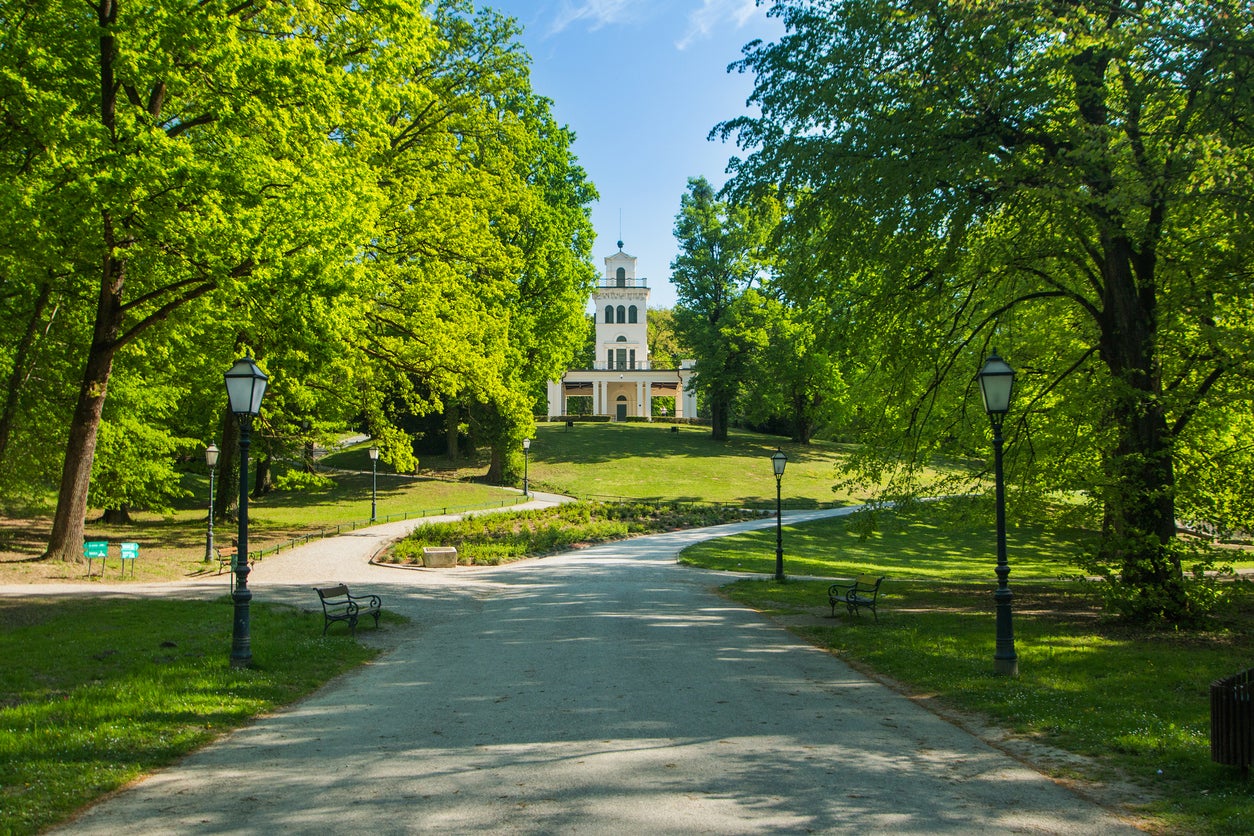
Where to eat
There are bistros and cafes aplenty on Tkalciceva Street, the city centre’s hotspot for al fresco dining. But if you’re looking to try something authentic, head to Restoran Stari Fijaker – it’s the locals’ favourite for a reason. The stalwart joint is one of the last in the centre to serve traditional dishes such as pasticada, braised beef in sweet and sour sauce.
If a meat-heavy bonanza isn’t your style, head to Zrno Bio Bistro for the best vegetarian and vegan options in town. The organic, locally-sourced and wide-ranging menu is a real treat, with a “garden burger” that blows all veggie patties out of the water and soups so swooning you might shed a tear.
For special occasions (or a real gastronomical deep-dive) check out Dubravkin Put, Zagreb’s top fine-dining choice, with plates so artistically presented that you’d almost be loath to chow down (almost). Equally as delectable but notably more down to earth, Sopal is an exciting new bistro turning heads with a menu of small plates that add a contemporary twist on traditional dishes.
Finish the day with a scoop or two from ice cream heaven, Slasticarnica Zagreb, the city’s number one spot for gelato.
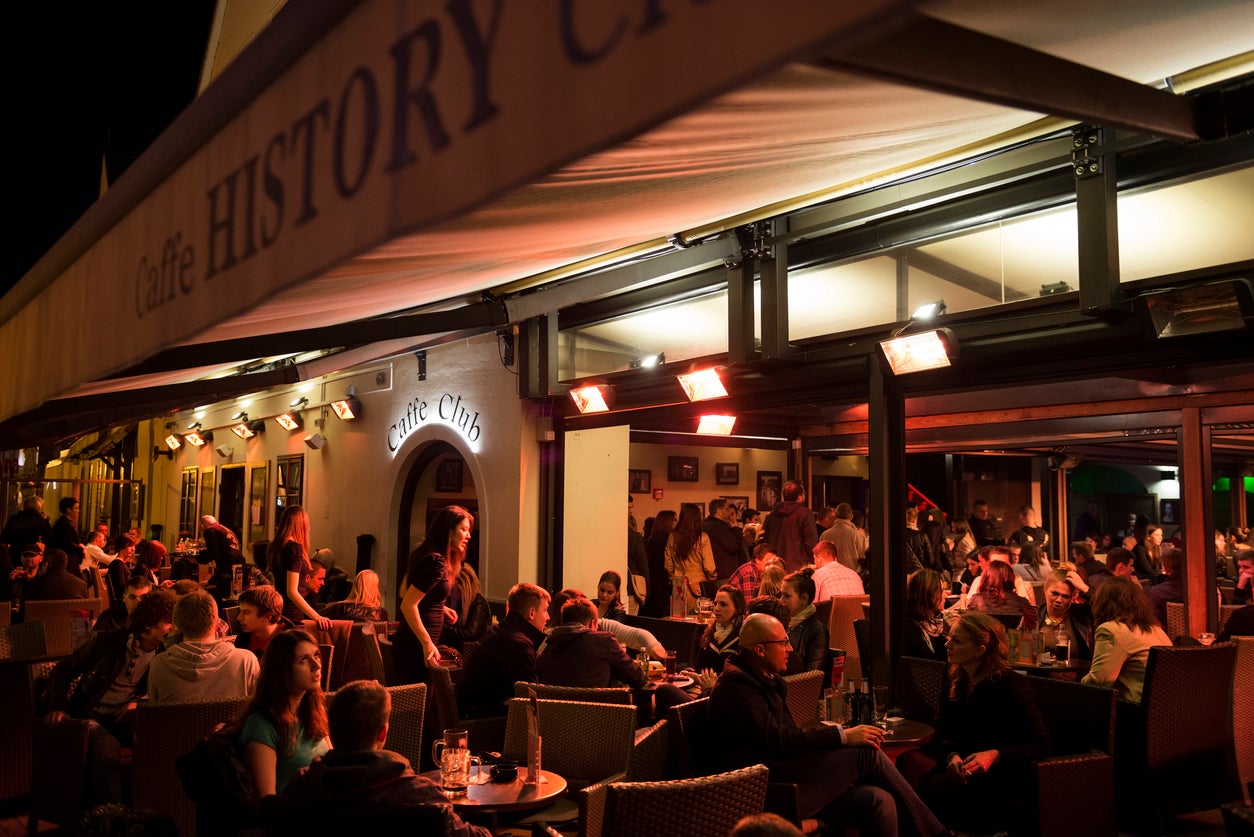
Where to drink
Zagreb has a thriving cafe culture and nightlife. A stroll along the aforementioned Tkalciceva Street is the best way to pick out a great aperitif bar, though you’ll have to wander further afield for the really good stuff. The best caffeine in town can be found a few blocks away at Quahwa coffee roastery and coffee shop, open daily until 8pm (and 6pm on Sundays).
Botanicar is by far the most elegant outfit in the city; cafe by day and cocktail bar by night, the tasteful mid-century decor make it the perfect space to while away the hours, whatever the time. Equally chic in its own way is A’e Caffe bar; finding this hidden gem is half the fun, as are the rewards of a scenic roof terrace and decadent yet fairly priced cocktails.
Music heads will want to keep an eye on Kulturni Centar Mesnicka (KCM) – a much-loved cafe, gallery and venue – and Bacchus jazz bar, a haunt serving craft beers in a tucked-away terrace garden, with live jazz on Fridays. For a more upbeat night out, head to Masters, inarguably the hippest club in town, with a banging programme of local and visiting techno DJs.
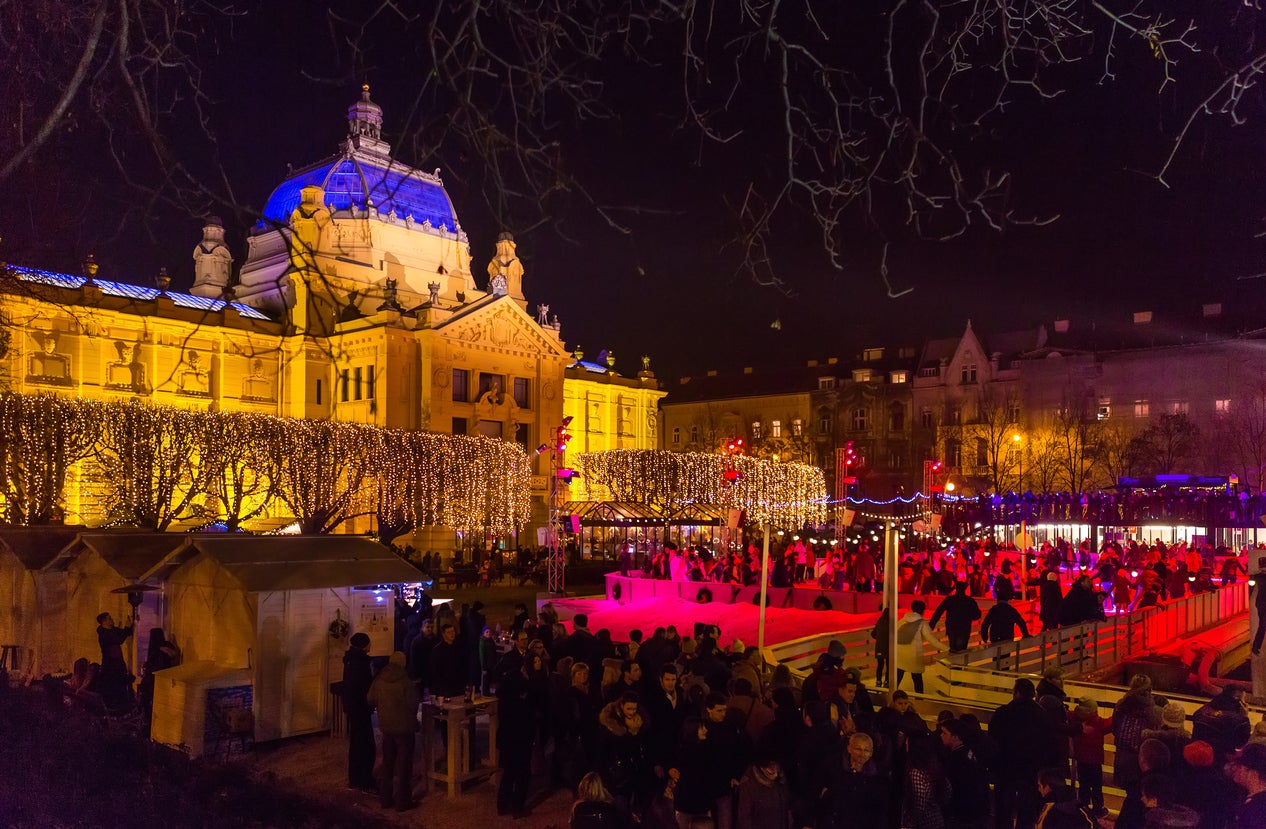
Where to shop
One of Zagreb’s major charms is that it’s not packed with big, international stores. You can find some of the famous high street names if you seek them out, but they’re in the minority. Take in the best independent boutiques on Dezmanova Street, such as long-standing product designer Love, Ana.
Round the corner, Nama department store (Nama being an acronym for Narodni Magazin or national store) on Ilica Street is a surviving outpost of the former Yugoslavian chain and a great place to browse for clothes and cosmetics in a charming 19th-century building.
There’s also a booming market culture; Trznica Dolac is the famous farmer’s market you’ll find in the town centre every day until 1pm and is the locals’ favourite for fresh fruit and veg with prices similar to Croatian supermarket chain Konzum; no inflation here, just farmers. For the flea market lovers, Hrelic Sunday market in Jakusevac is a sprawling maze of potential treasure, where bartering is acceptable until the traders depart at midday.
Architectural highlight
Gothic wonder Zagreb Cathedral gets most of the limelight, particularly since its Lazarus-esque restoration after the earthquake in 2020, but it’s the 13th-century wonder St Mark’s Church, with its Hapsburg-era primary coloured roof tiles that delights most. Both are currently only viewable from the outside.
Nuts and bolts
What currency do I need?
Croatian kuna.
What language do they speak?
Croatian.
Should I tip?
10-15 per cent.
How should I get around?
Zagreb is eminently walkable, but the tram is the quickest and cheapest way to get around at two kuna per journey.
What’s the best view?
The panoramic footpath Strossmayerovo setaliste leads into Katarnin Trg, the churchyard square in Gradec old town, with stunning views of the cathedral.
Insider tip?
The Advent Christmas market in Zagreb is one of the best in Europe. It’s open this year from 27 November.
Getting there
Trying to fly less?
You can get from London to Zagreb in around 20 hours by train. Take the Eurostar to Paris, then a double-decker TGV train to Munich. From here there’s an excellent Croatian sleeper train, Nightjet, on to Zagreb, or you can take a scenic daytime Railjet train through the Austrian and Slovenian countryside to Zagreb, changing at Villach.
Fine with flying?
BA, Ryanair, easyJet and Croatia Airlines all fly direct to Zagreb from the UK.
Join our commenting forum
Join thought-provoking conversations, follow other Independent readers and see their replies
Comments